Headless CMS vs Static Site Generators: Which is Right for Your Project?

Introduction
Choosing the right technology stack for your project is critical to its success. With the rise of Headless CMS and Static Site Generators (SSGs), developers and businesses now have access to powerful tools for creating dynamic and high-performing websites. But how do these two technologies differ, and which one is the right choice for your needs?
In this blog, we’ll compare Headless CMS and SSGs, highlighting their unique features, benefits, and ideal use cases to help you make an informed decision.
What is a Headless CMS?
A Headless CMS is a content management system that decouples the backend content storage from the frontend presentation layer. Unlike traditional CMS platforms, a Headless CMS delivers content through APIs, allowing developers to design and deploy custom frontends across multiple platforms.
Key Features of Headless CMS
Content Agnostic: Provides content via APIs for any frontend.
Multi-Channel Delivery: Enables content distribution across websites, apps, IoT devices, and more.
Scalability: Easily handles large amounts of dynamic content.
Flexibility: Works with modern frontend frameworks like React, Vue, and Angular.
Benefits of Using a Headless CMS
Dynamic Content Updates: Content changes reflect instantly without rebuilding the entire site.
Customizable Frontends: Tailored user experiences with no constraints from predefined templates.
Enhanced Omnichannel Experiences: Seamless content delivery across various platforms.
💡 Learn how Orbitype’s Headless CMS empowers developers: Explore Orbitype
What is a Static Site Generator?
A Static Site Generator (SSG) generates static HTML files from templates and content. These files are pre-built and served directly to users, eliminating the need for a backend server during runtime. This approach delivers exceptional performance and security.
Key Features of SSGs
Pre-Built Files: All content is compiled into static files during the build process.
Simplified Hosting: Deploy static files on CDNs for lightning-fast delivery.
Markdown Support: Often relies on Markdown files for content management.
Benefits of Using an SSG
High Performance: Static files load faster, ensuring a seamless user experience.
Better Security: No backend reduces vulnerabilities to attacks.
Key Differences Between Headless CMS and SSGs
Key Differences Between Headless CMS and SSGs
When comparing Headless CMS and Static Site Generators, the differences are distinct and significant depending on your project’s goals. Headless CMS platforms provide a user-friendly interface, enabling non-technical users to manage content with ease, making it ideal for teams that require real-time updates and omnichannel delivery. In contrast, SSGs require developers to manage content using code or Markdown files, focusing on performance and security.
Flexibility is another major factor. Headless CMS platforms support dynamic updates and multi-channel delivery, offering unparalleled customization. However, SSGs are limited to static content, requiring a full rebuild for updates, which can slow down workflows for rapidly changing content needs.
Headless CMS: Offers dynamic content updates and supports multiple frontends.
SSGs: Limited to static content; updates require rebuilding the site.
Performance is where SSGs truly shine. By serving pre-built static files directly via CDNs, SSGs ensure superior speed and minimal load times. Headless CMS platforms, while flexible, may experience slower response times when fetching real-time content. On scalability, Headless CMS excels for large, complex applications that demand robust multi-channel delivery, while SSGs are better suited for smaller projects with minimal updates.
Headless CMS: Scales well for large, dynamic applications with multi-channel delivery.
SSGs: Best for smaller, less complex projects with limited content updates.
Developer workflow is another area of contrast. Headless CMS platforms allow non-developers to contribute seamlessly through graphical interfaces, fostering collaboration between technical and non-technical team members. In contrast, SSGs demand a developer-first approach, where managing static workflows and coding expertise are paramount.
Choosing the right CMS is crucial for your content needs. If you’re specifically looking for the best CMS for blogging, read our comparison of Orbitype vs Ghost: Best CMS for Blogging in 2025.
Can Headless CMS and SSGs Work Together?
Yes, Headless CMS and SSGs can work together, offering a hybrid approach that combines the best of both worlds. A Headless CMS can act as the backend for managing dynamic content, while an SSG is used to pre-build and deploy static pages. This method ensures that websites benefit from the performance and security of static files while retaining the flexibility of dynamic content updates. For example, you could use a Headless CMS like Orbitype to manage your content and pair it with an SSG like Gatsby or Hugo to generate and deploy your static files. This approach is particularly useful for projects requiring a mix of static and dynamic elements.
Wondering how nonprofits can leverage Headless CMS for digital impact? Check out Headless CMS for Nonprofits: Delivering Impactful Campaigns Online.
Conclusion
Choosing between a Headless CMS and a Static Site Generator depends on your project’s specific needs. If your priority is dynamic content updates, multi-channel delivery, and scalability, a Headless CMS is the ideal choice. However, if you value high performance, security, and a simple deployment process, an SSG might be a better fit. For many modern projects, combining both technologies offers an optimal solution, allowing you to harness their unique strengths.
Ready to Build Smarter?
Discover Orbitype: Visit Our Website
Try for Free: Register Here
Join Our Community: Orbitype Discord
Follow Us for More Insights: YouTube, X (Twitter), LinkedIn, Instagram, Facebook
Read more
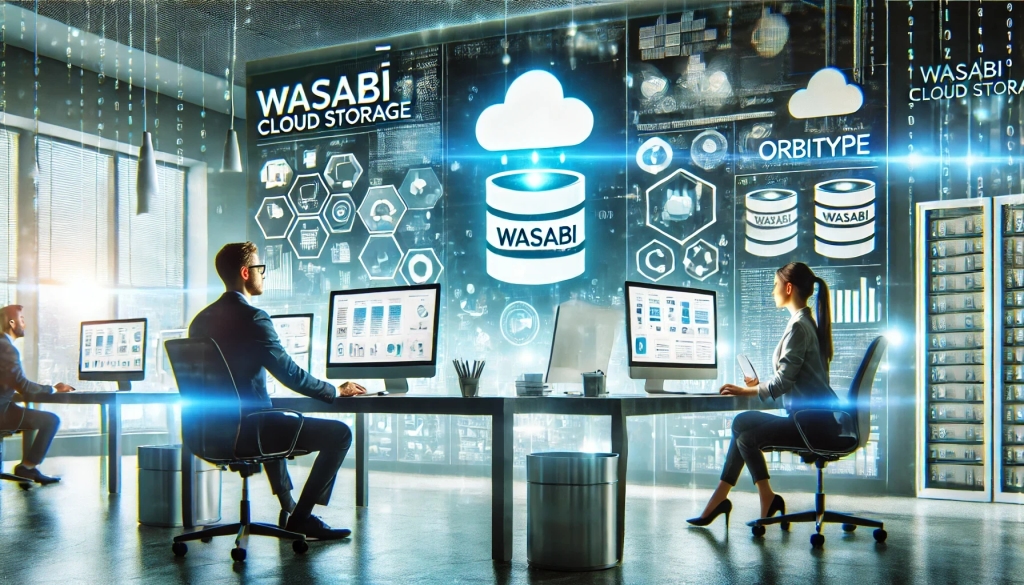
Seamless Data Management: Integrating Wasabi Cloud Storage with Orbitype
Boost your CMS performance with Wasabi Cloud Storage and Orbitype integration. Learn how this cost-effective, scalable solution enhances data management and delivers exceptional results.
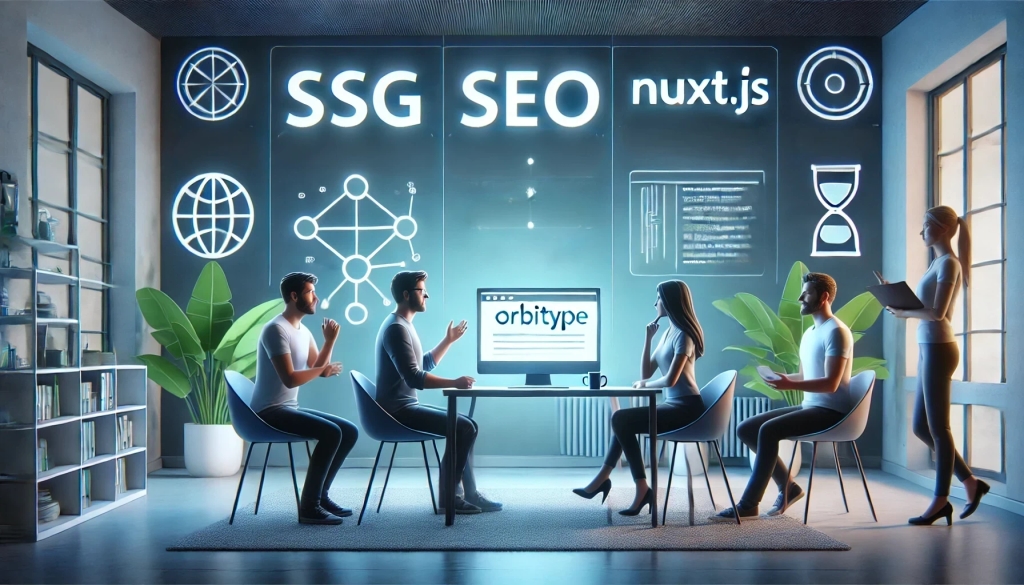
Integrating Orbitype with Nuxt.js for Optimal Performance and SEO
Leveraging Orbitype, a robust headless CMS, with Nuxt.js, a Vue.js framework, provides developers a powerful solution for building fast, SEO-optimized websites. This blog post explores how the integration of Orbitype and Nuxt.js harnesses the benefits of static site generation (SSG) and server-side rendering (SSR), thanks to Orbitype's API-driven content management system.
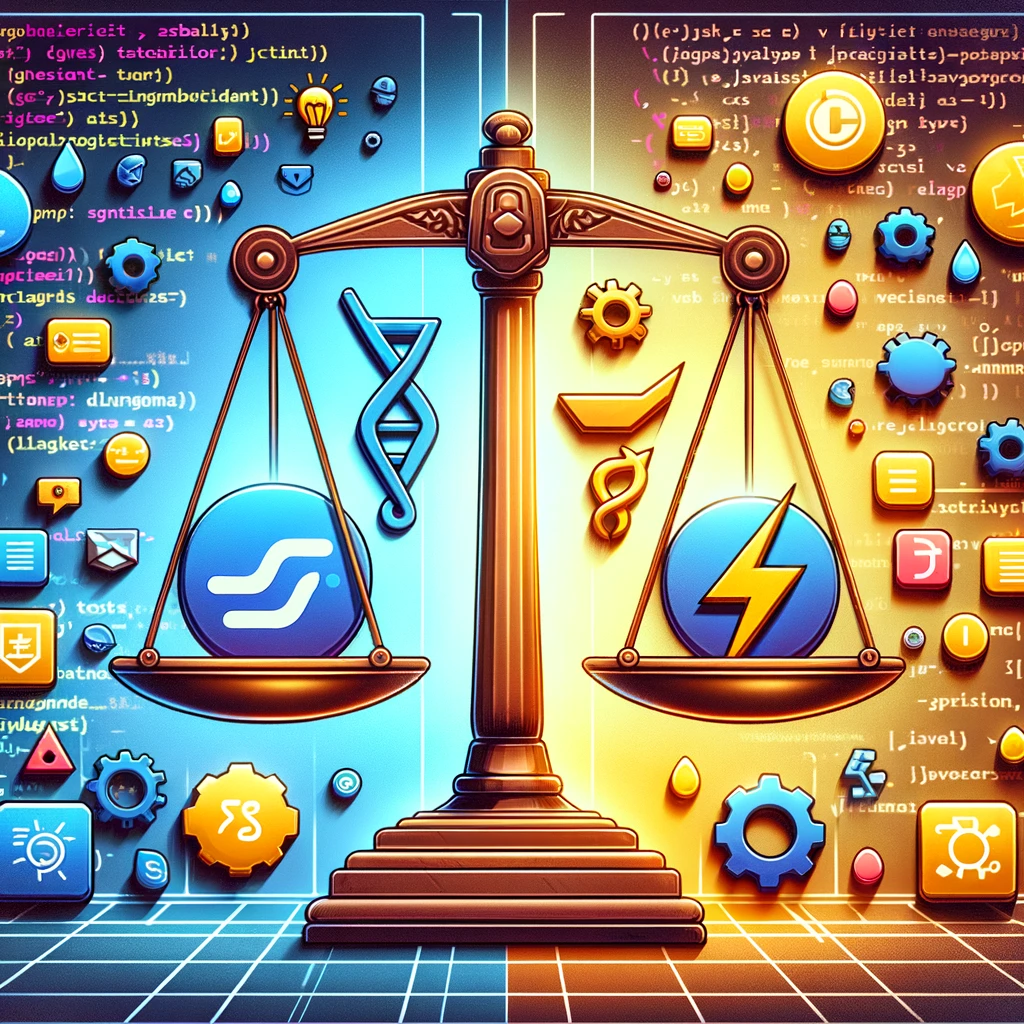
TypeScript vs. JavaScript
Discover the synergy between TypeScript and JavaScript for web development. Learn how Orbitype supports Nuxt CMS, headless CMS for Nuxt, and future-ready digital trends.
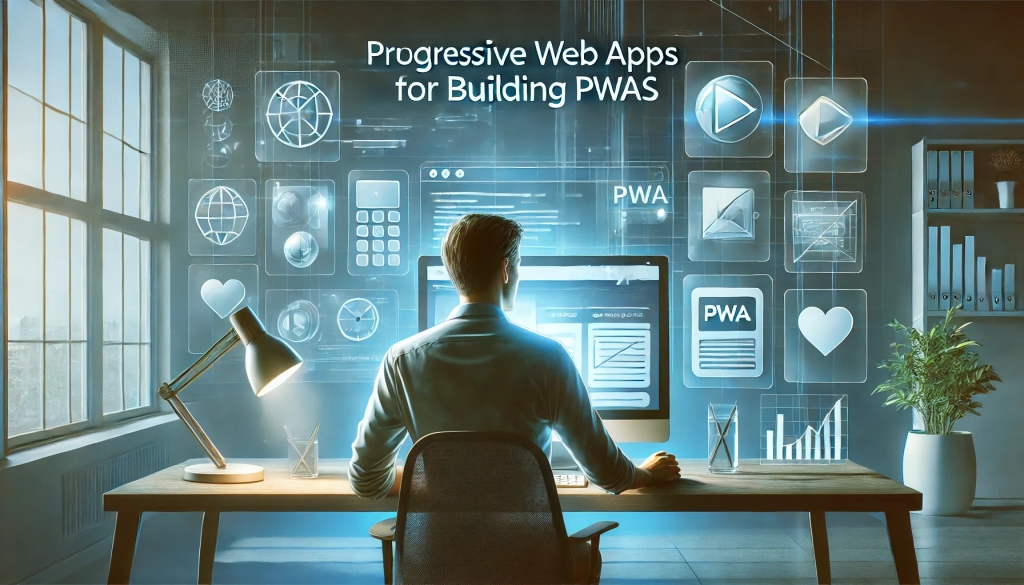
Building Progressive Web Apps (PWAs) with Orbitype
Explore how Orbitype enhances Progressive Web Apps (PWAs) with optimized performance, offline capabilities, and seamless content management for superior user experiences.
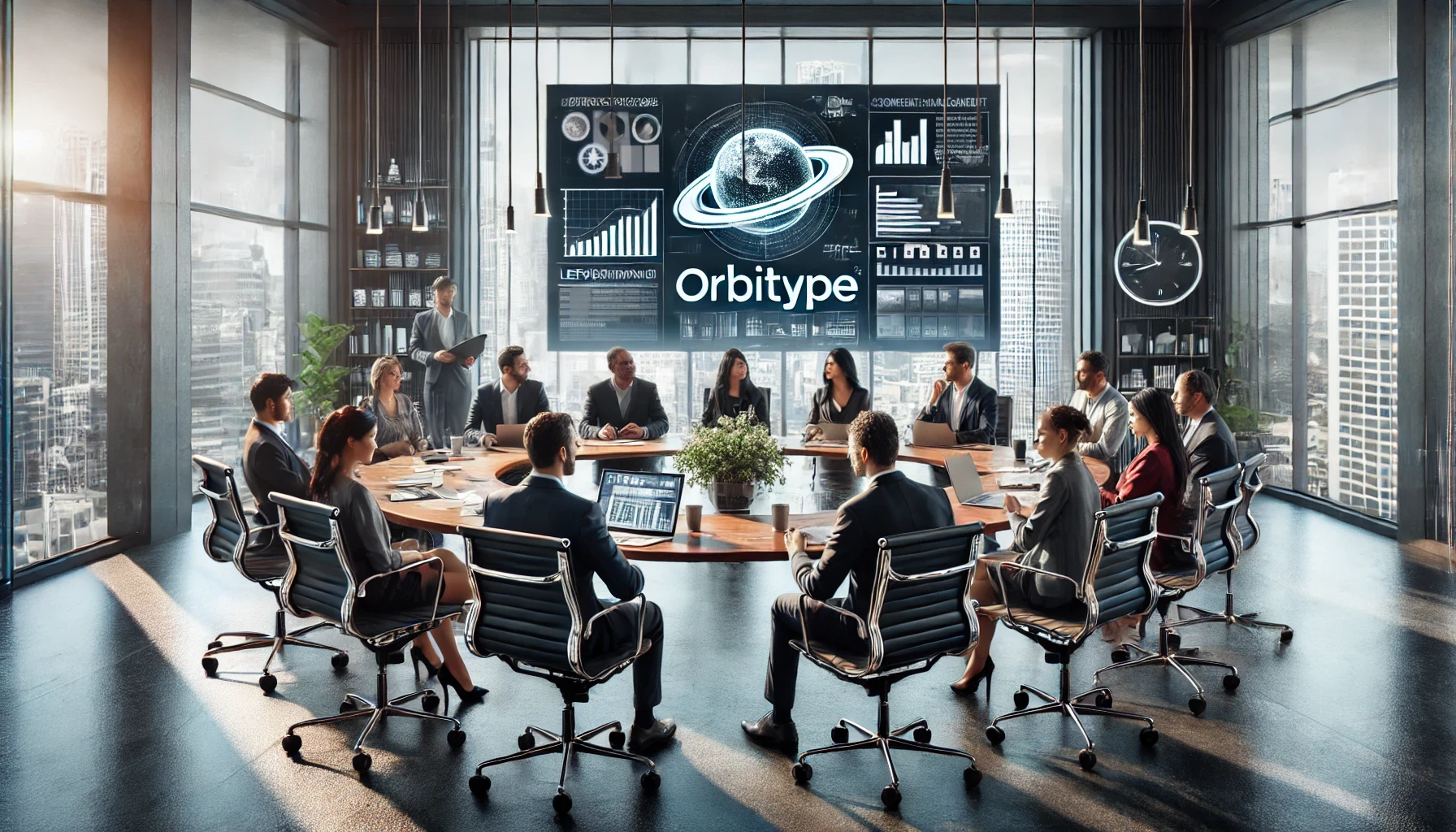
Leveraging Orbitype for Efficient Content Management in E-Commerce
nhance your e-commerce performance with Orbitype CMS. This scalable headless CMS simplifies content management, boosts SEO, and seamlessly integrates with Shopify, WooCommerce, and Magento for dynamic, flexible solutions.

Mastering Third-Party Integrations with a Headless CMS for Efficient Workflows
Streamline workflows and scale your business with seamless third-party integrations using Orbitype's flexible headless CMS—designed for efficiency, automation, and growth.
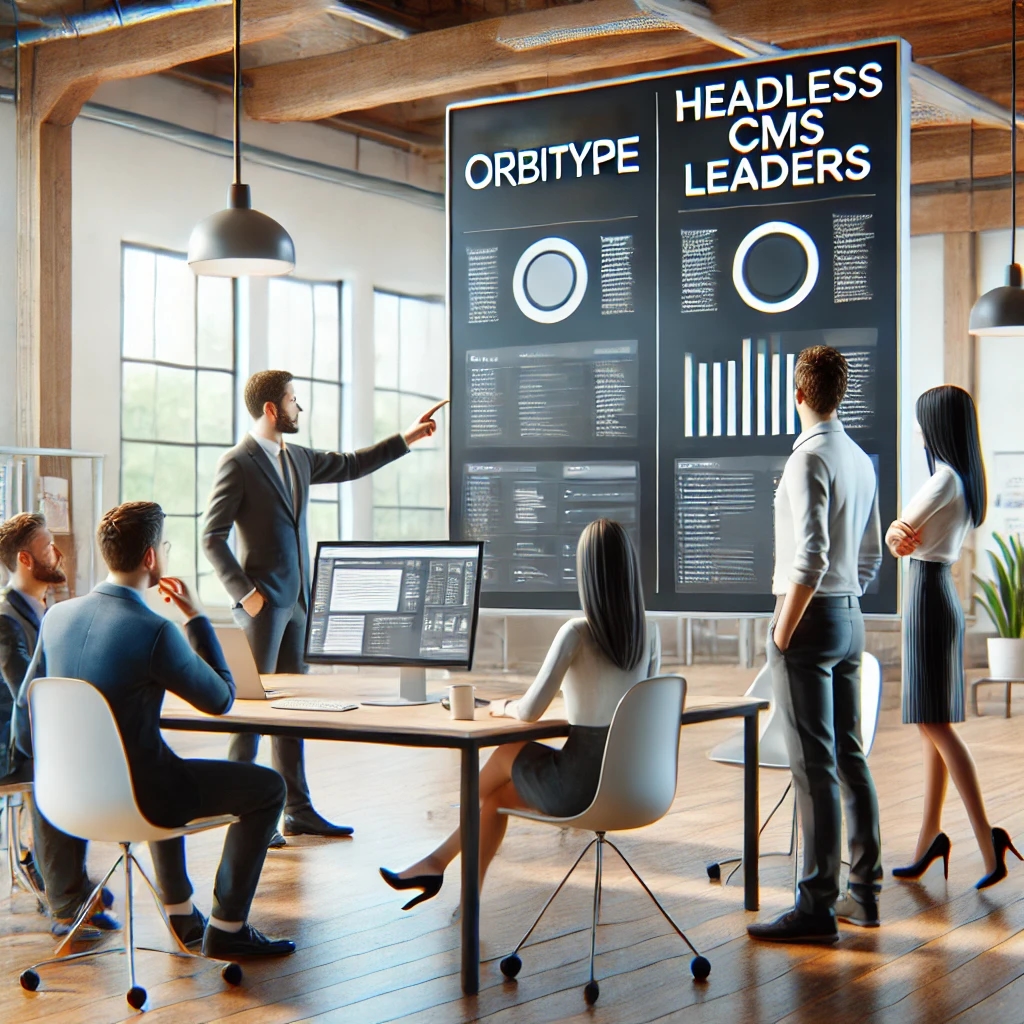
How Orbitype Compares to Headless CMS Leaders in 2025
Struggling to choose the best CMS? Discover how Orbitype compares to headless CMS leaders in 2025, solving complexity and scalability challenges with ease. Try Orbitype!
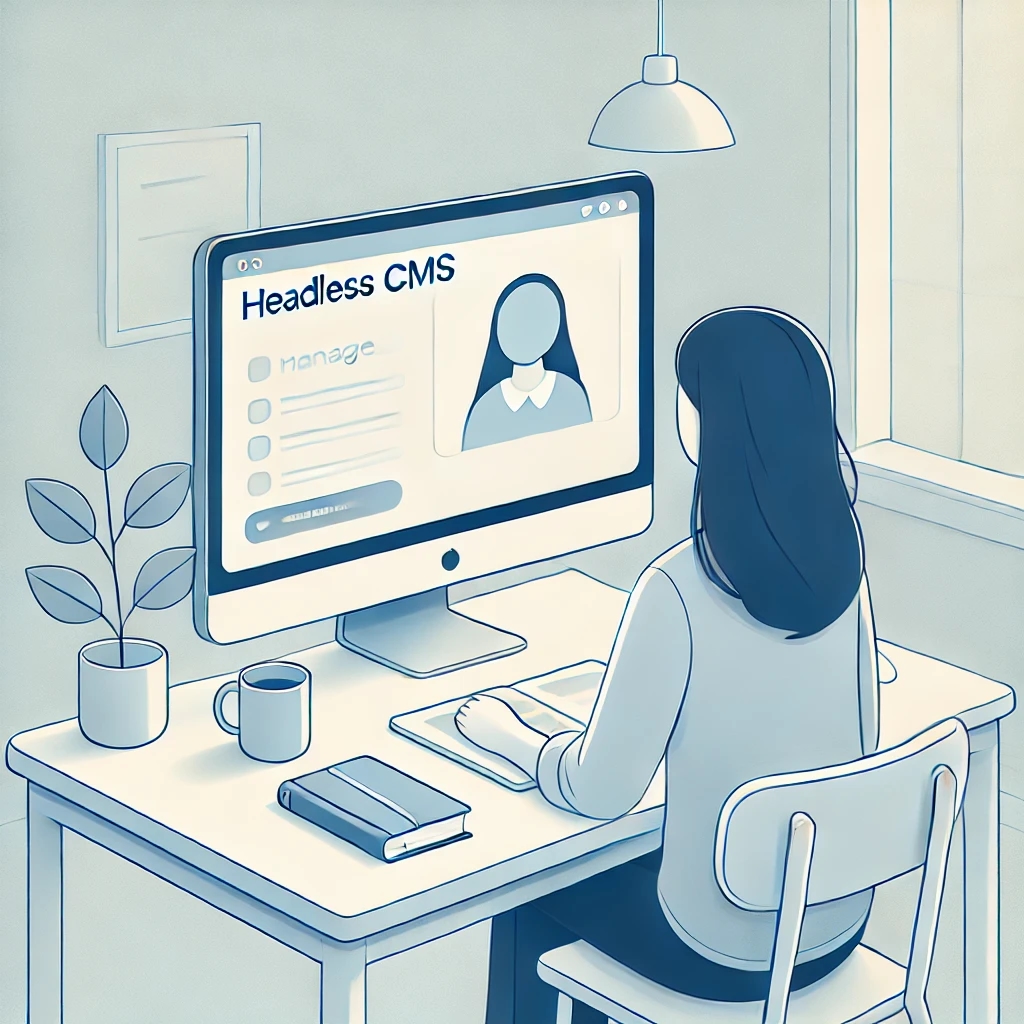
How Educational Institutions Benefit from Headless CMS for Online Learning
Enhance online learning with a Headless CMS. Discover how centralized content management, scalability, and seamless multi-channel access can transform educational platforms.
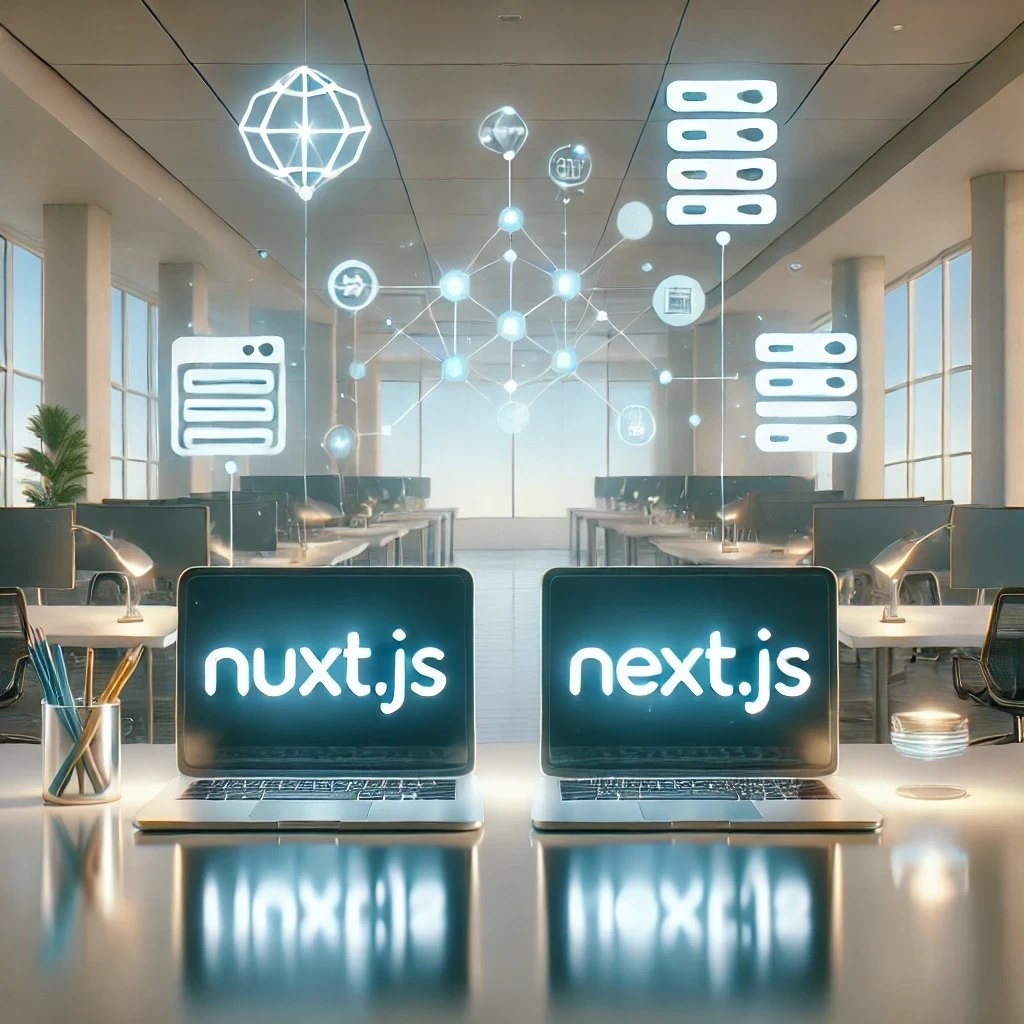
Nuxt vs Next: Which Framework Works Best with Headless CMS?
Compare Nuxt.js and Next.js to find the best frontend framework for your Headless CMS. Discover which offers better performance, scalability, and flexibility for dynamic web projects.
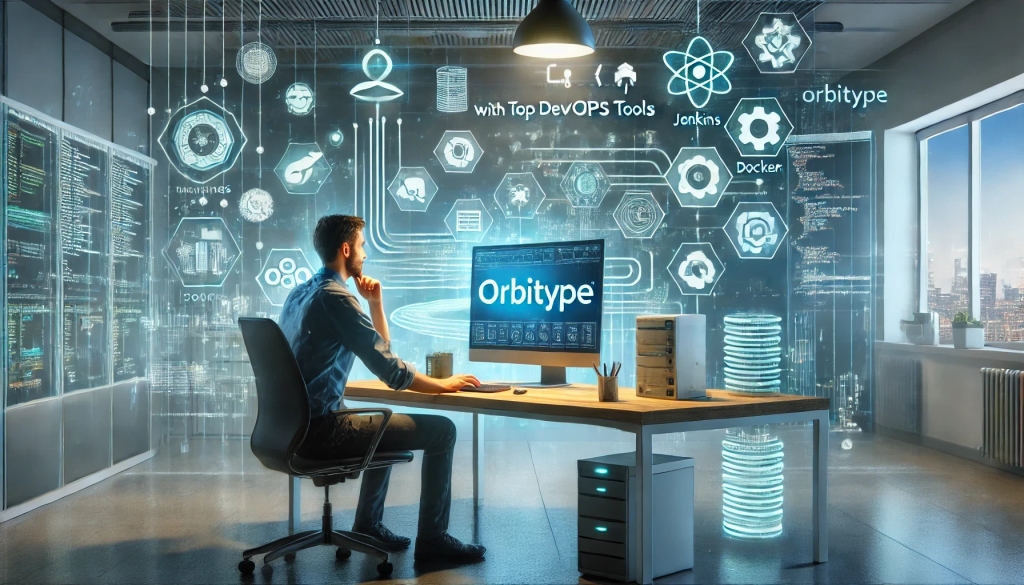
Streamlining Development: Integrating Orbitype with Top DevOps Tools
Discover how to integrate Orbitype with leading DevOps tools like Jenkins, Docker, and Kubernetes. Learn best practices for automating deployments, containerizing Orbitype, and scaling efficiently while streamlining workflows for continuous integration and delivery.
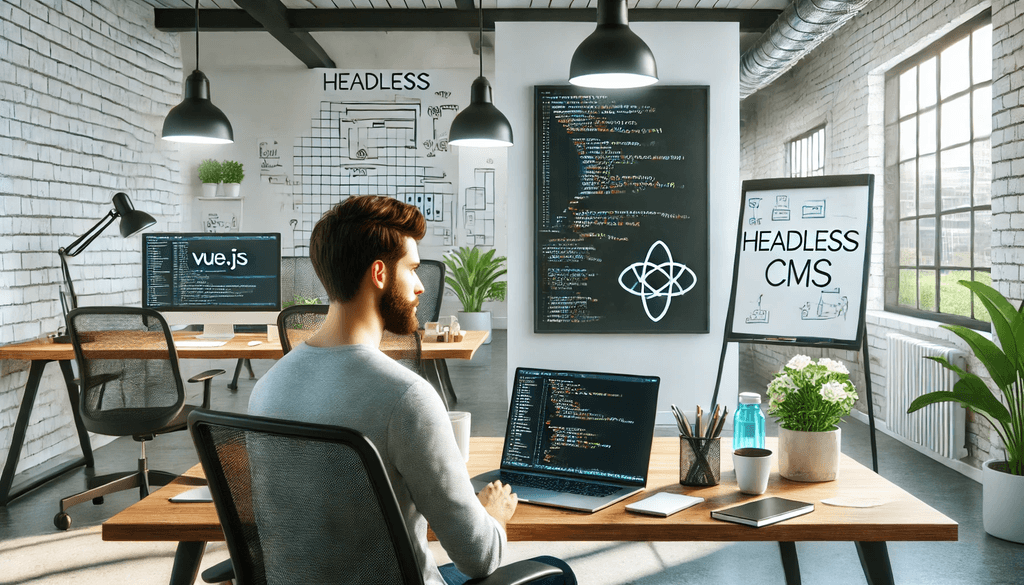
Building High-Performance Vue Apps with a Headless CMS
Discover how to optimize Vue.js apps with a Headless CMS for high performance, scalability, and SEO. Learn best practices and tools for creating dynamic web apps.

SQL or NoSQL: What's Best for Mobile Applications Using Orbitype?
Explore Orbitype, the ultimate headless CMS for React developers, offering seamless content management, enhanced performance, and flexibility to create dynamic web applications with ease. Learn how Orbitype simplifies workflows and boosts productivity.
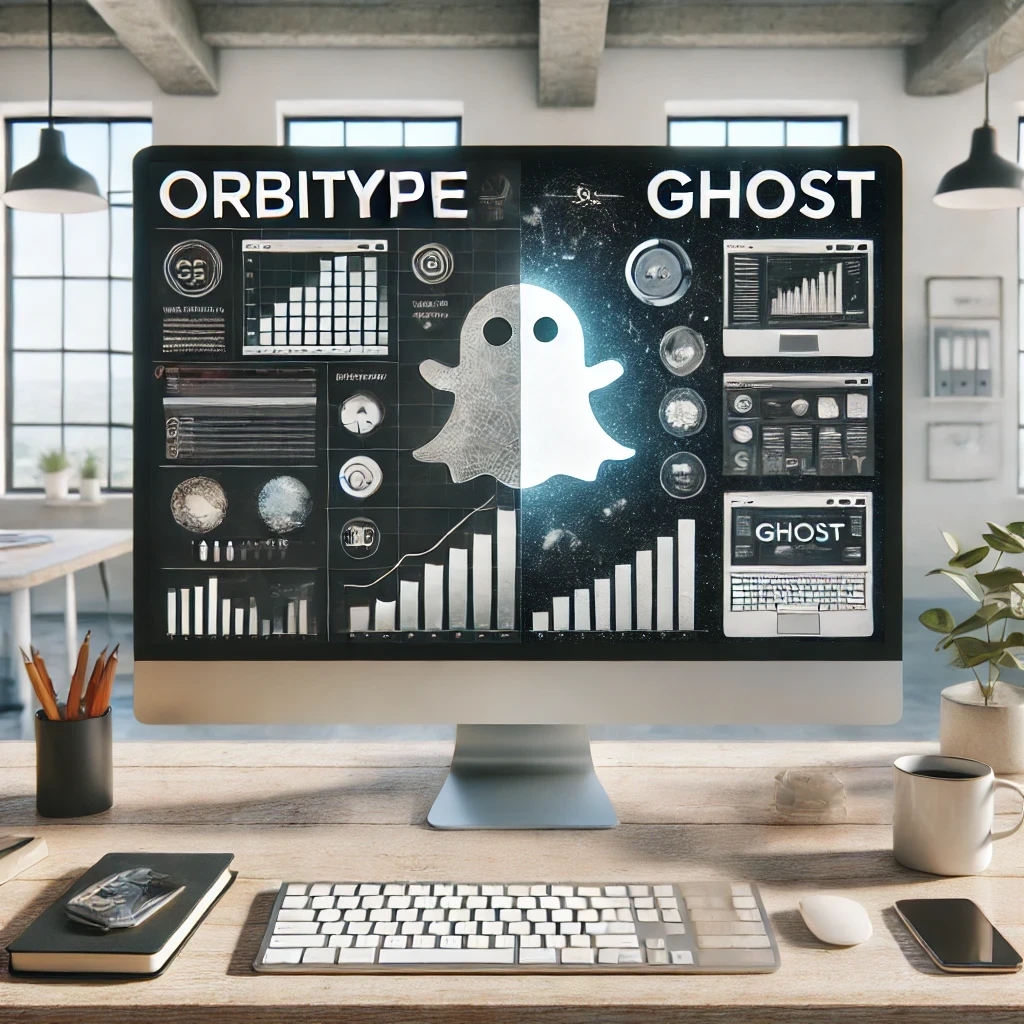
Comparing Orbitype and Ghost: Best CMS for Blogging in 2025
Compare Orbitype and Ghost to find the best CMS for blogging in 2025. Discover which platform suits your goals, from scalability to simplicity and dynamic content
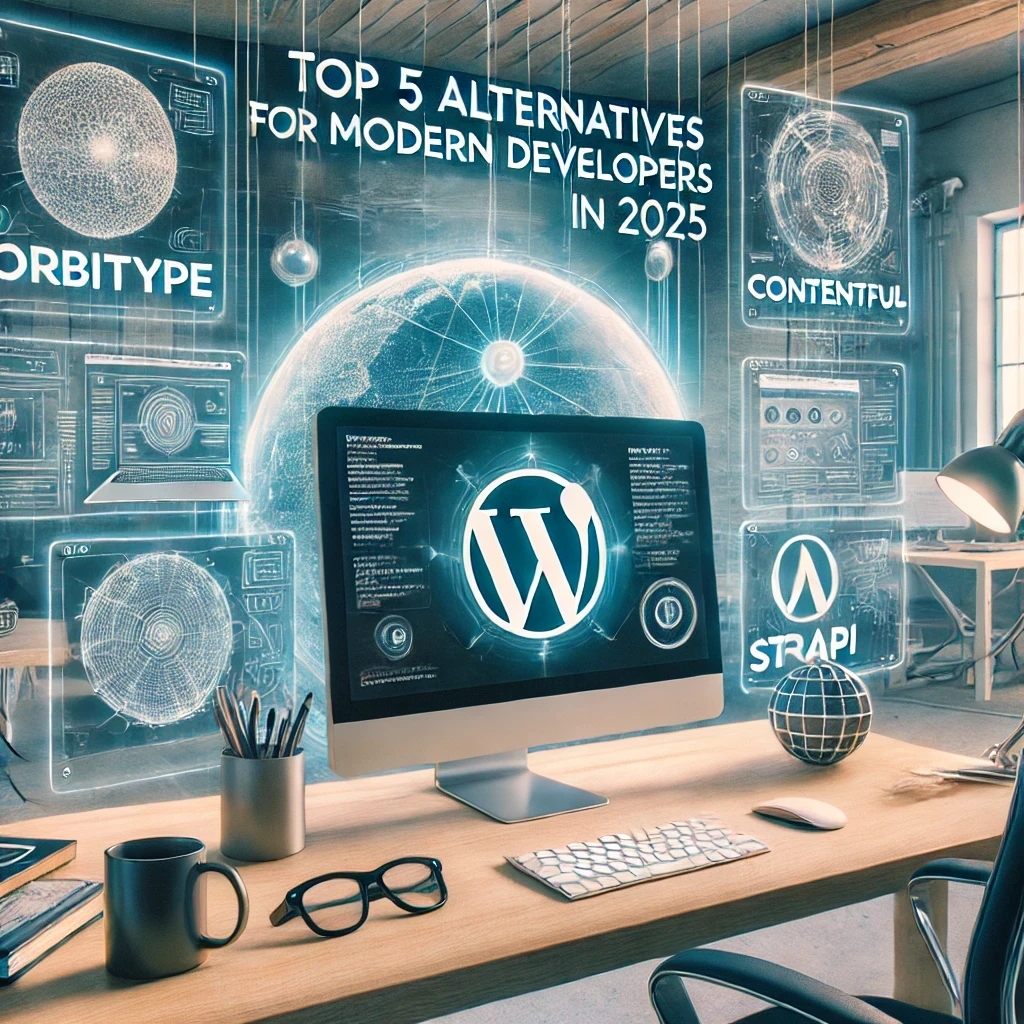
Top 5 Alternatives to WordPress for Modern Developers in 2025
Discover the top WordPress alternatives for 2025, including Orbitype, Contentful, and Strapi. Explore modern CMS platforms offering scalability, flexibility, and cutting-edge tools for developers.

Security and Compliance in Headless CMS: Focus on Orbitype
Explore headless CMS security with Orbitype: advanced authentication, data encryption, and compliance with GDPR & CCPA. Learn best practices for secure CMS operations.

10 Tips for Optimizing Core Web Vitals in Headless CMS Websites
Discover 10 actionable tips to optimize Core Web Vitals for Headless CMS websites. Improve performance, SEO, and user experience with these essential strategies.
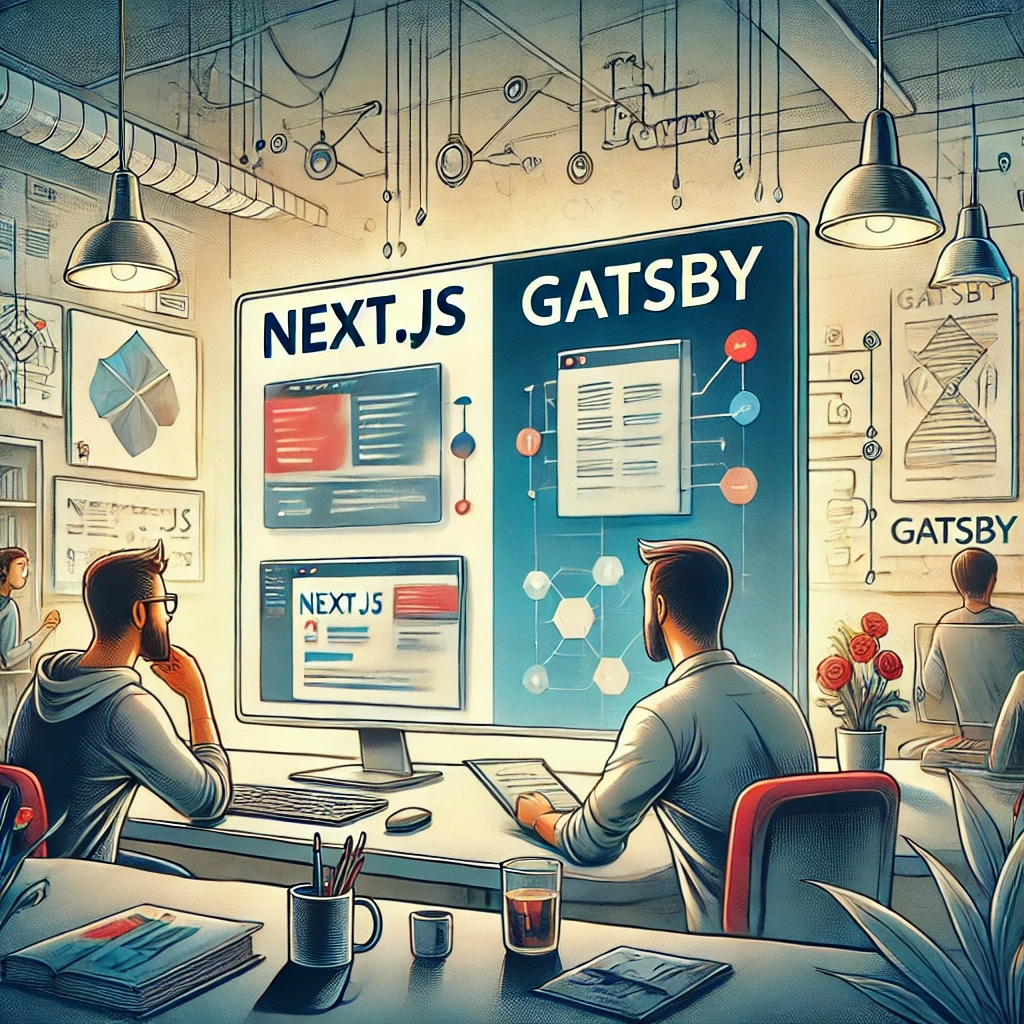
Next.js vs Gatsby: Which Works Best With a Headless CMS?
Choosing between Next.js and Gatsby can be challenging when working with a Headless CMS. This guide breaks down their strengths and helps you decide which framework works best for your dynamic or static content needs.

CMS for Vue.Js - Orbitype Headless CMS
Explore Orbitype, the best Headless CMS for Vue.js, offering seamless API integration, dynamic content management, and unmatched performance for interactive front-end development.
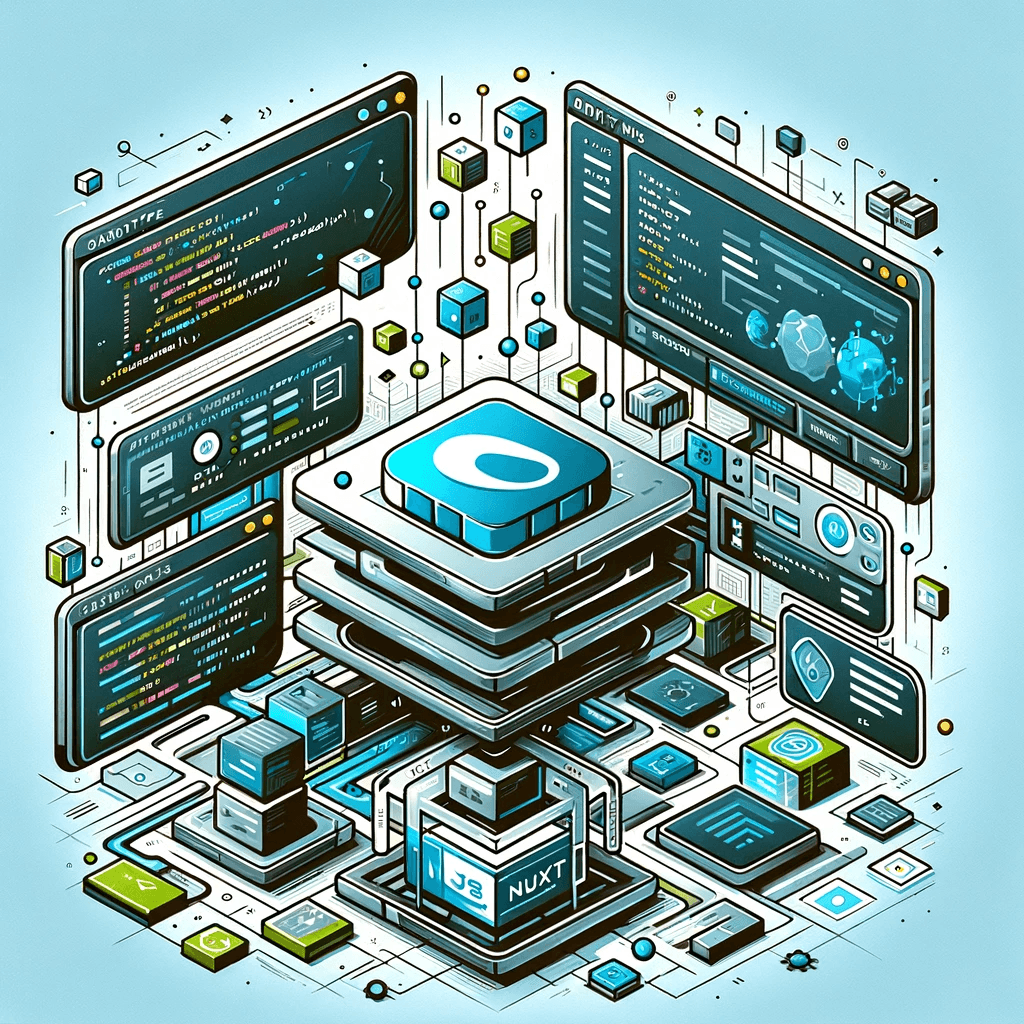
CMS for Nuxt - Orbitype Headless CMS
Optimize your Nuxt.js projects with Orbitype, the API-first Headless CMS offering scalable content management, multimedia repositories, and enhanced SEO for modern web applications.
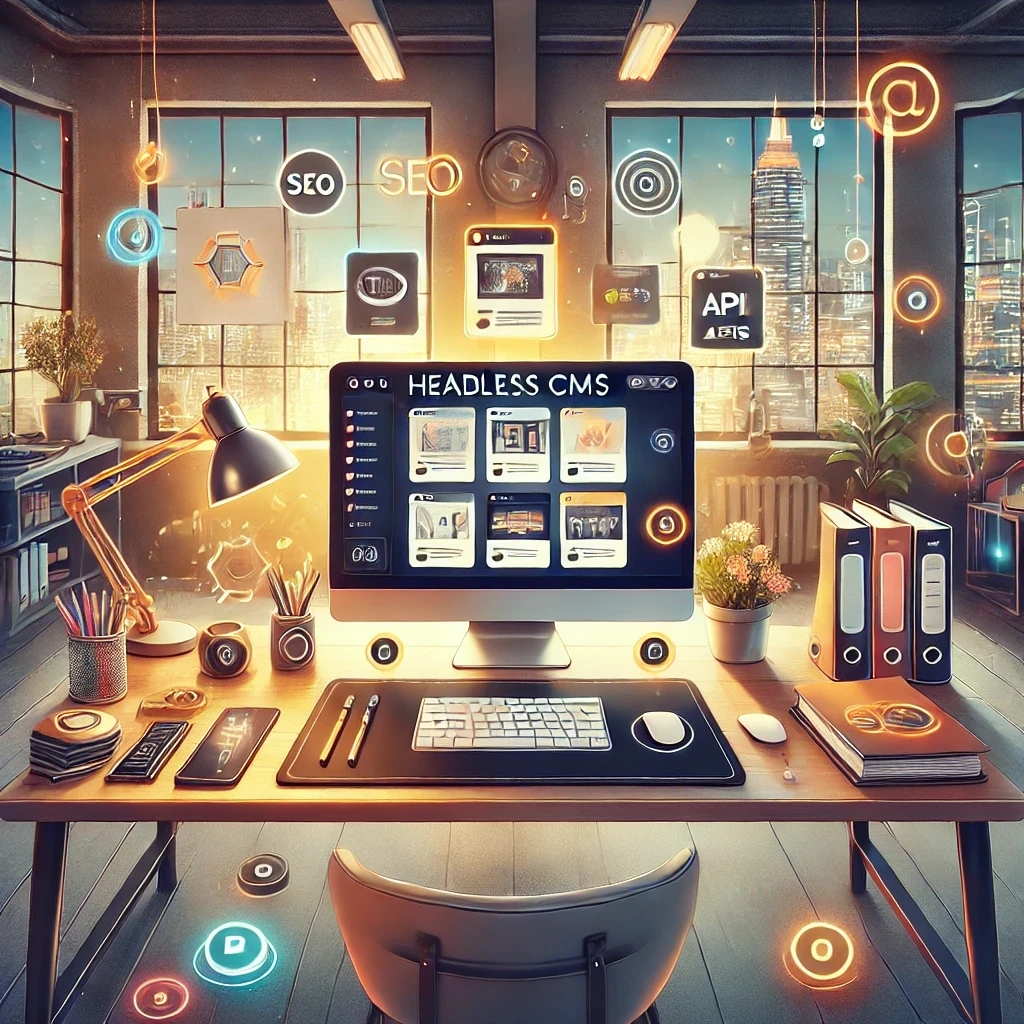
Best Headless CMS Solutions for Portfolio and Personal Websites
Showcase your work with ease using Orbitype—the ultimate Headless CMS for portfolio and personal websites. Enjoy seamless integration, powerful customization, and SEO-friendly features designed for creators and developers.
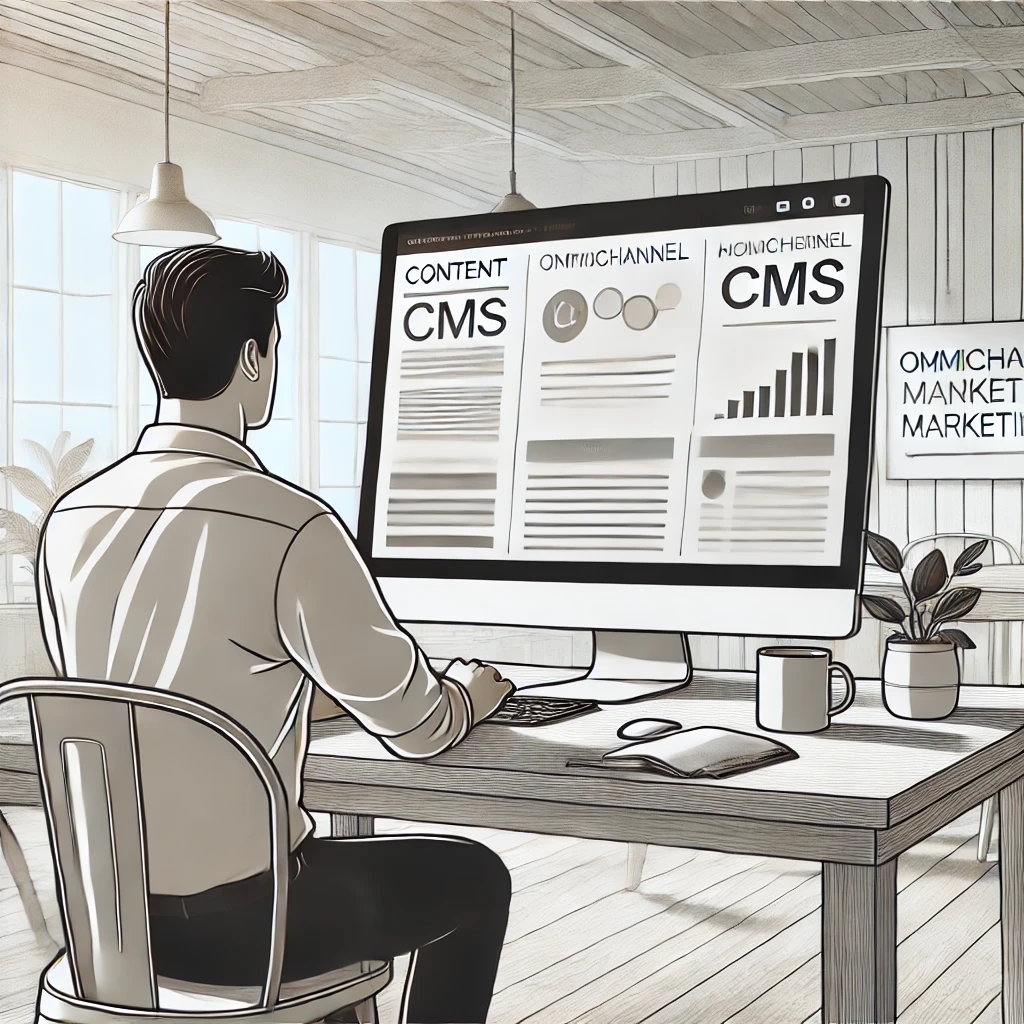
How Headless CMS Empowers Omnichannel Marketing Strategies
Boost your omnichannel marketing strategy with a Headless CMS. Centralize content management, deliver personalized customer experiences, and ensure consistency across platforms.
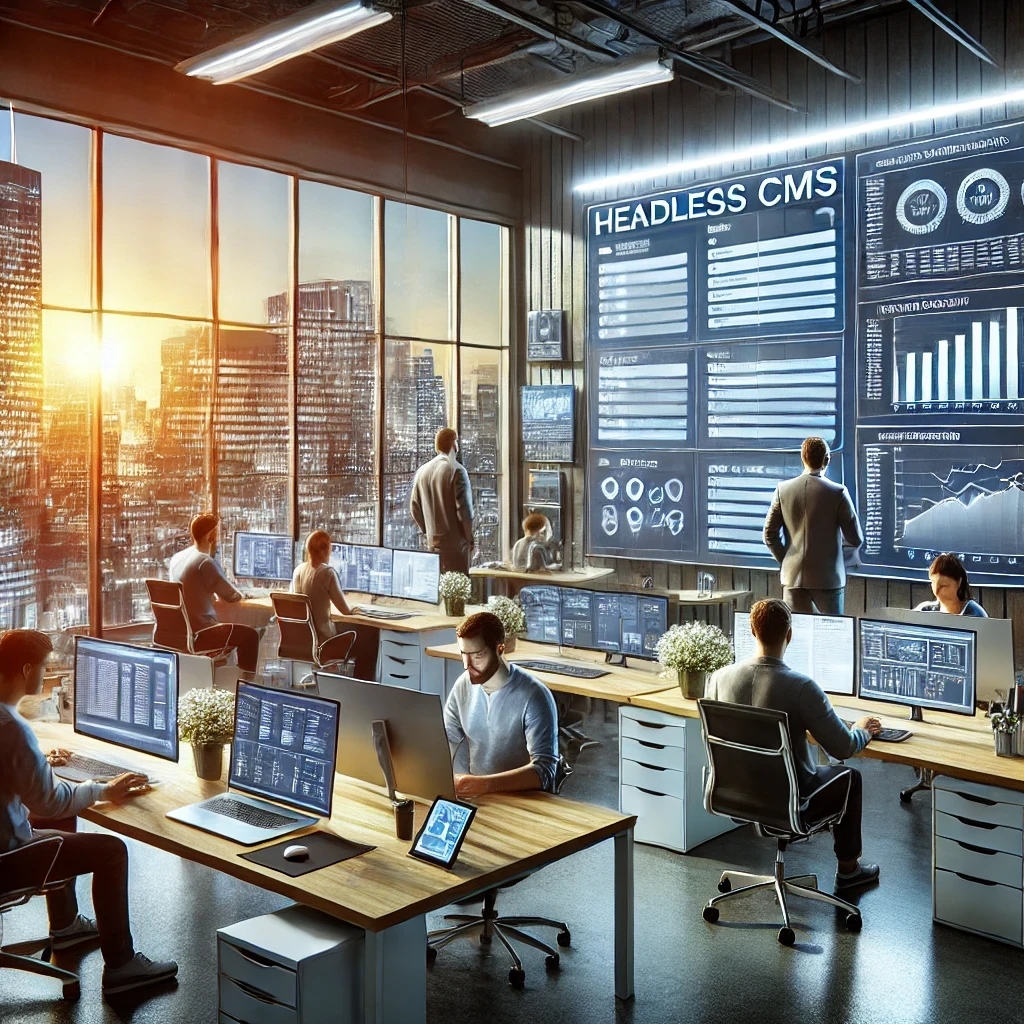
How to Scale Your Website with a Headless CMS for High Traffic
Scale your website effortlessly with a headless CMS like Orbitype—achieve faster load times, seamless scalability, and reliable performance during high-traffic surges
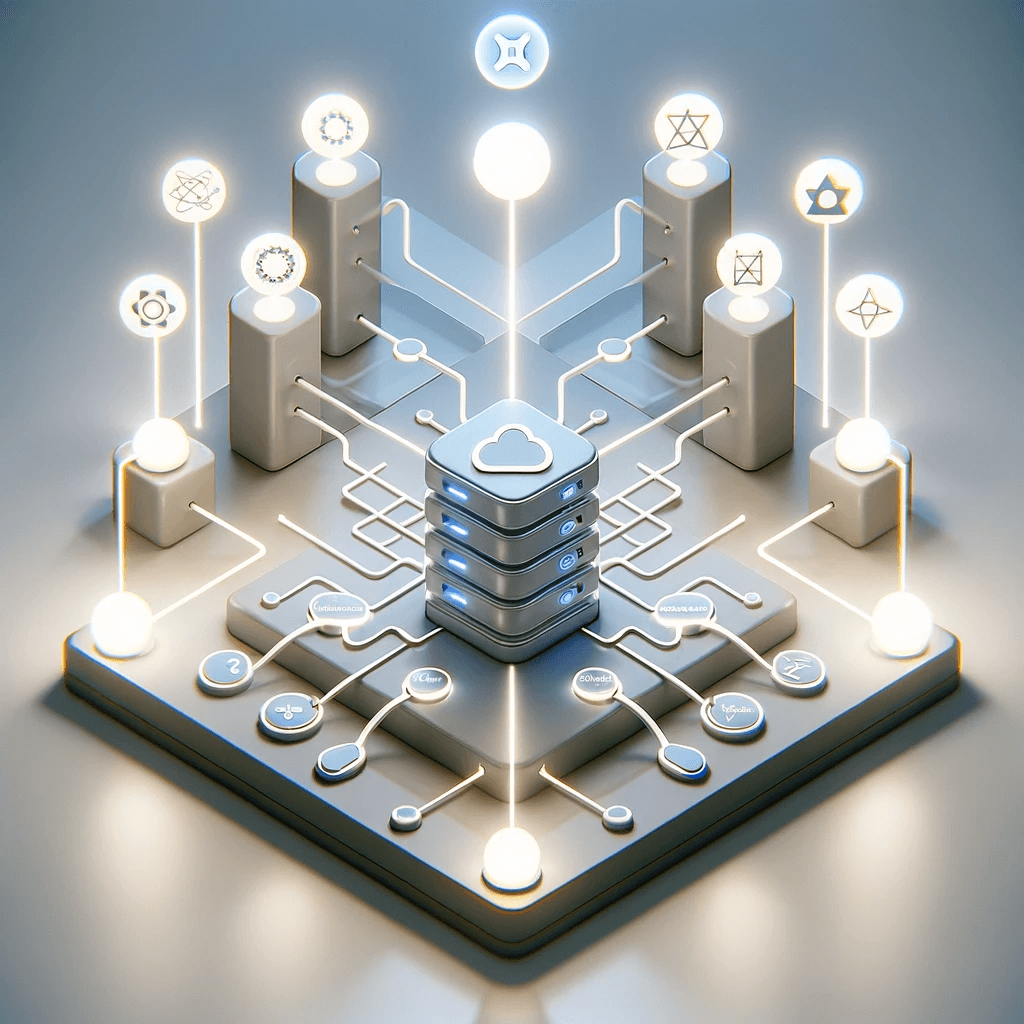
CMS for React - Orbitype Headless CMS
Orbitype is the ideal CMS for React developers, combining seamless API integration, flexible content management, and scalability to create fast, dynamic, and customizable web applications effortlessly.
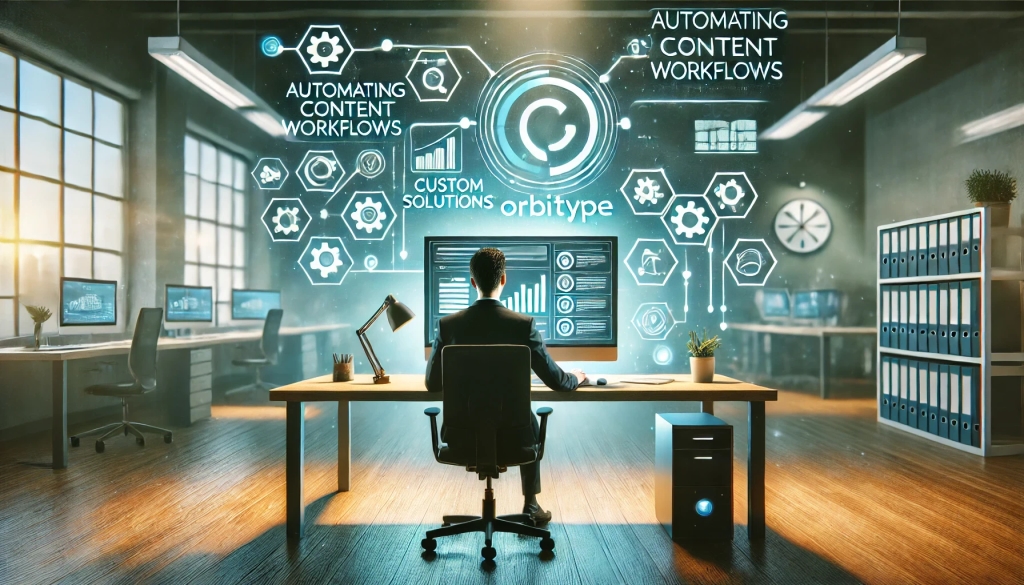
Automating Content Workflows with Orbitype’s Custom Solutions
Discover how Orbitype's custom CRM and ERP solutions revolutionize content workflows. Automate processes, reduce manual tasks, and improve productivity for software development agencies with tailored tools for seamless collaboration and efficiency.